New generation of women curators
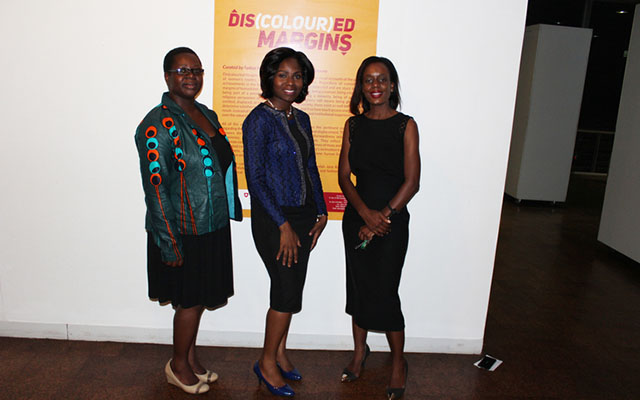

From left — Fadzai Muchemwa (curator of the recently launched discoloured margins at the National Gallery) Cythia Hakutangwi and Tandazani Dhlakama
At the Gallery
A look at history reveals that women have in the past been relegated to the background.
They were mostly found in the kitchen or managing house hold chores, looking after younger siblings or children, older family members and at times dealing with illness in the family.
Although gender disparity still needs to be addressed in many areas, the 21st century woman is gradually becoming better positioned to address the inequalities of the past.
In the creative arts sector women are progressively making it into administrative and management positions that were previously dominated by men such as curating. Curators, through contemporary exhibitions, help us to reassess established facts or bring new ones to light.
They also help build museum collections, or work together with museums and galleries to organise biennials and triennials, and often publish articles in magazines and journals as part of their portfolio and audience engagement/building.
The role that curators play, like the art they care for, is constantly evolving. As culture shifts, moving with changes in the social and political landscape or technological innovations, so does the art being produced.
This week we feature three young women curators who have made it into the field of curating. Thandazani Dhlakama who is the curator of Education and Public Programming at the National Gallery of Zimbabwe, Merilyn Mushakwe a curator at Tsoko Gallery, Msasa and director at Post Studio Arts Collective as well as Fadzai Muchemwa the assistant curator at the National Gallery of Zimbabwe. They share with us their journey and the experiences they have gained by being in the field.
“I love art and I have always wanted to be involved in it from an early age. After finishing my first degree I thought I was going to become an artist but then I got a scholarship to further my studies abroad. This made me realise that there were more options for art lovers; you do not just have to become an artist but you can become a curator or administrator and that is when I decided to pursue that route,” said Dhlakama
She added: “So far I have learnt a lot on how to overcome many challenges. For instance, while preparing for the Discoloured Margins exhibition that is currently running at the Gallery, I learnt about international laws that are in place for clearing international works, as the exhibition features works from international artists. The journey has been great and fruitful as I have also learnt how to listen to artists and bring those that are working on similar ideas together to create even bigger concepts.
“Being a curator is like being a conduit between the artist and the audience, requiring fair interpretation of the artists work for the person who then views it to understand it in a certain way. I enjoy the process of discovery and interpretation; one always learns new things in every situation. Each gallery or art space is different and geared to a specific audience.
“I have learnt to be more flexible and open minded sometimes to opposing viewpoints that one finds in people. Since the arts require one to be creative and expressive I have learnt to be more confident with my own voice,” said Mushakwe.
“I am fascinated by art and the narratives that are woven. I did not choose the career really, I sort of fell into it. I was a teacher for years before I made a career change. I found from working with Raphael Chikukwa that this was a new direction which I wanted my career to take. I have just started it and it has been amazing working with artists,” said Muchemwa.
“So far I have learnt that when it comes to curating one should take into consideration the central logic in staging exhibitions, that dialogue is an essential nucleus for gathering and social negotiation and each exhibition should be treated as a new project.”
Legal and cultural practices, combined with the long standing religious and educational conventions, still restrict women’s entry and full participation in the workforce.
“I think there have been great strides and lots of positive developments but there is more that still needs to be done to overcome gender disparity in the arts sector. For example with the National Gallery School of Visual Art and Design we still have very few women applying, and even after finishing school women do not always continue practising and that is mainly because of social values and social stigma that is associated with women in the arts.
“Another issue is that many art exhibitions happen in the evening, usually from 6pm-8pm, and a lot of our female students have curfews and they cannot always attend these exhibition openings. This means that they miss out on opportunities to network compared to their male counterparts,” said Dhlakama.
“We have not yet covered the gap between male and female artists. Historically, in our country we have had more male than female artists especially when looking at visual art forms like the stone sculpture. I have come across a number of people who believe that art practitioners are unkempt, immoral and not intelligent.
“Such kind of beliefs lead a lot of women into completely disregarding the arts as a career option. We still have a long way to go and it begins with shifting people’s mindset about the arts sector. Focus and support of female artists is good as it allows other women and people in general to see that art plays an important role within a community,” said Mushakwe.
With the 2017 theme for International Women’s Day advocating for a world of work that is inclusive and works for all women by 2030, women can and should continue striving to set high standards across all sectors. Achieving equality in the workplace will require that all women be given equal opportunities, the exposure to a broad range of careers, encouraged to make choices that lead beyond the traditional service and care options to jobs in industry, public service, modern agriculture, science and the arts.
“The advice that I can give to fellow women who would like to have a career as a curator is that: Curating is not just about education it involves dedication and investment. It makes sense when what you do touches people, therefore you should constantly ask yourself what it is you are doing that introduces change. We create structures therefore they should not control us,” said Muchemwa.

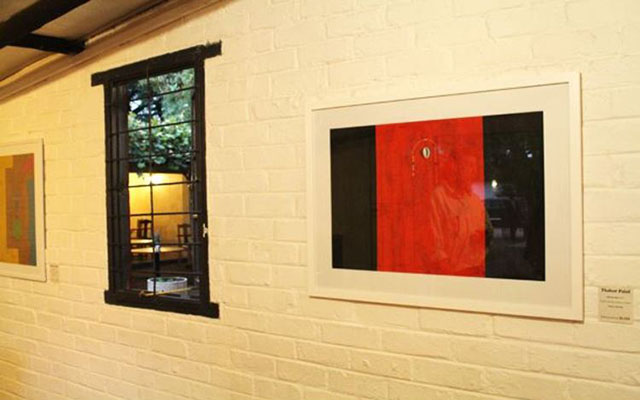


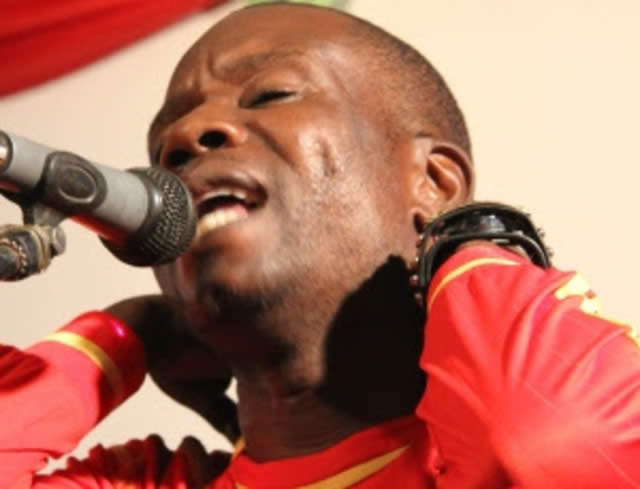
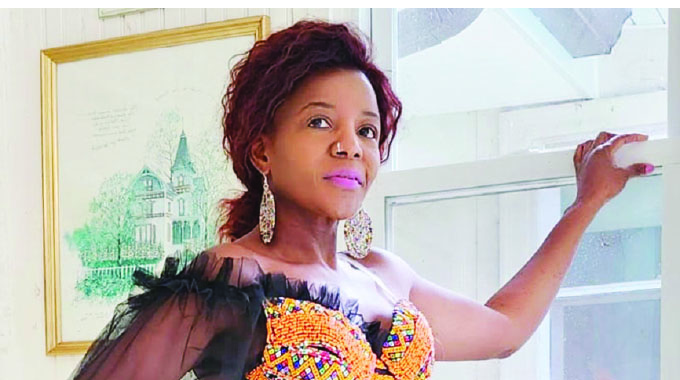
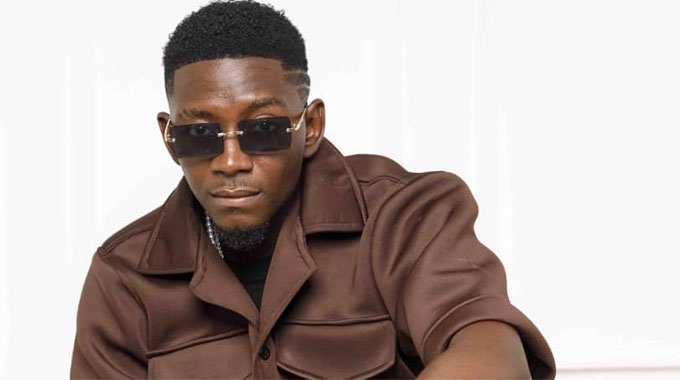

Comments